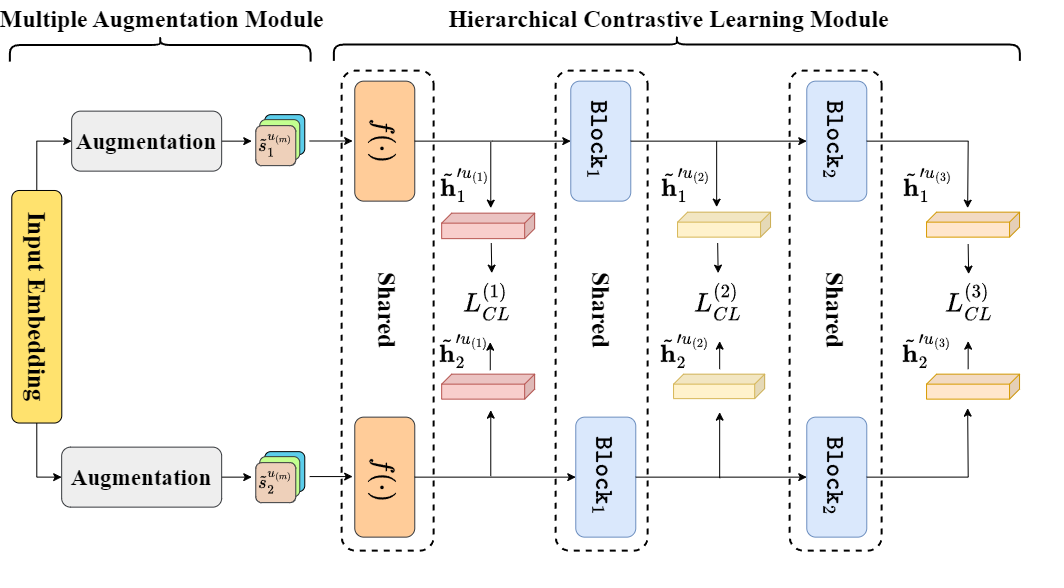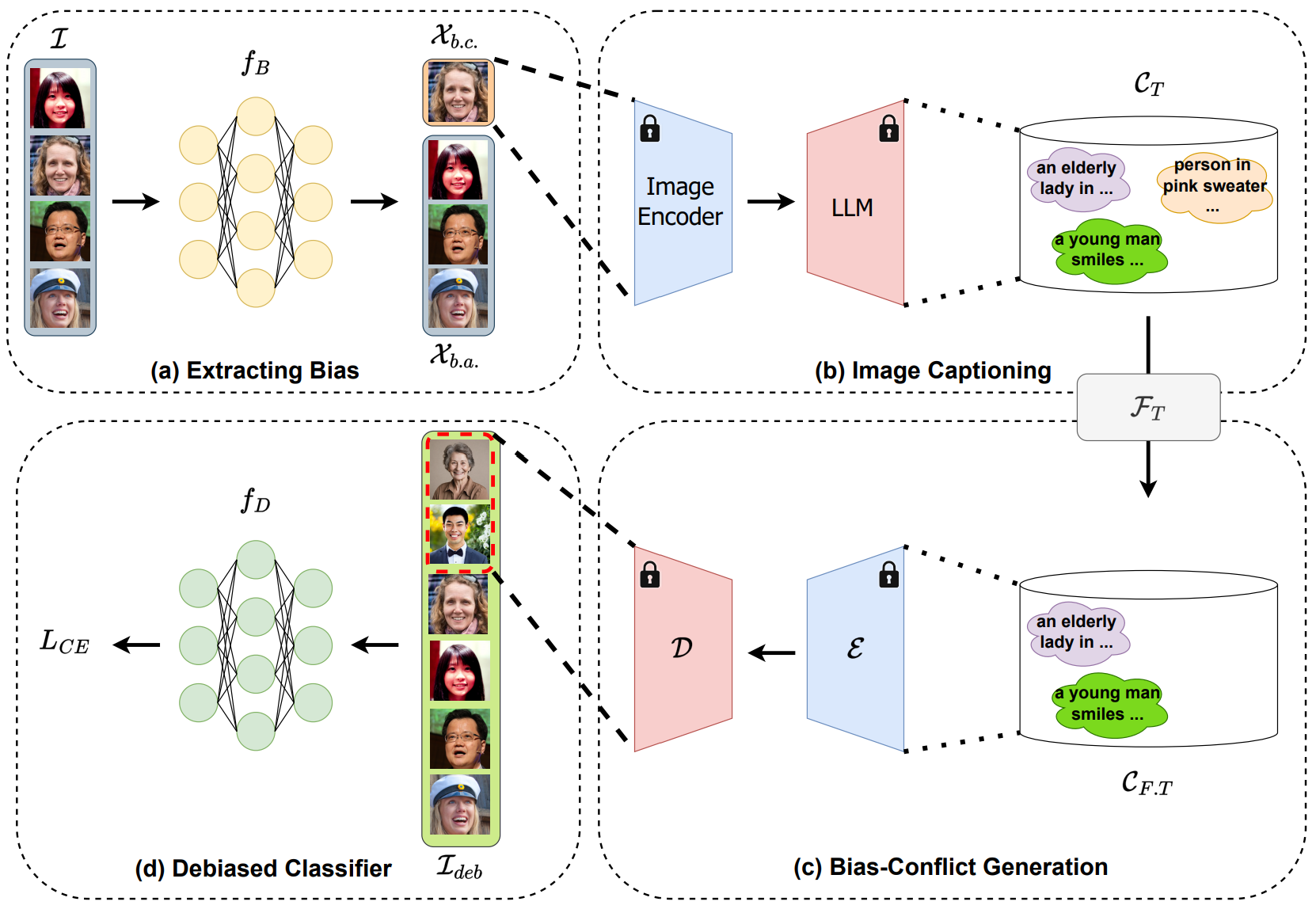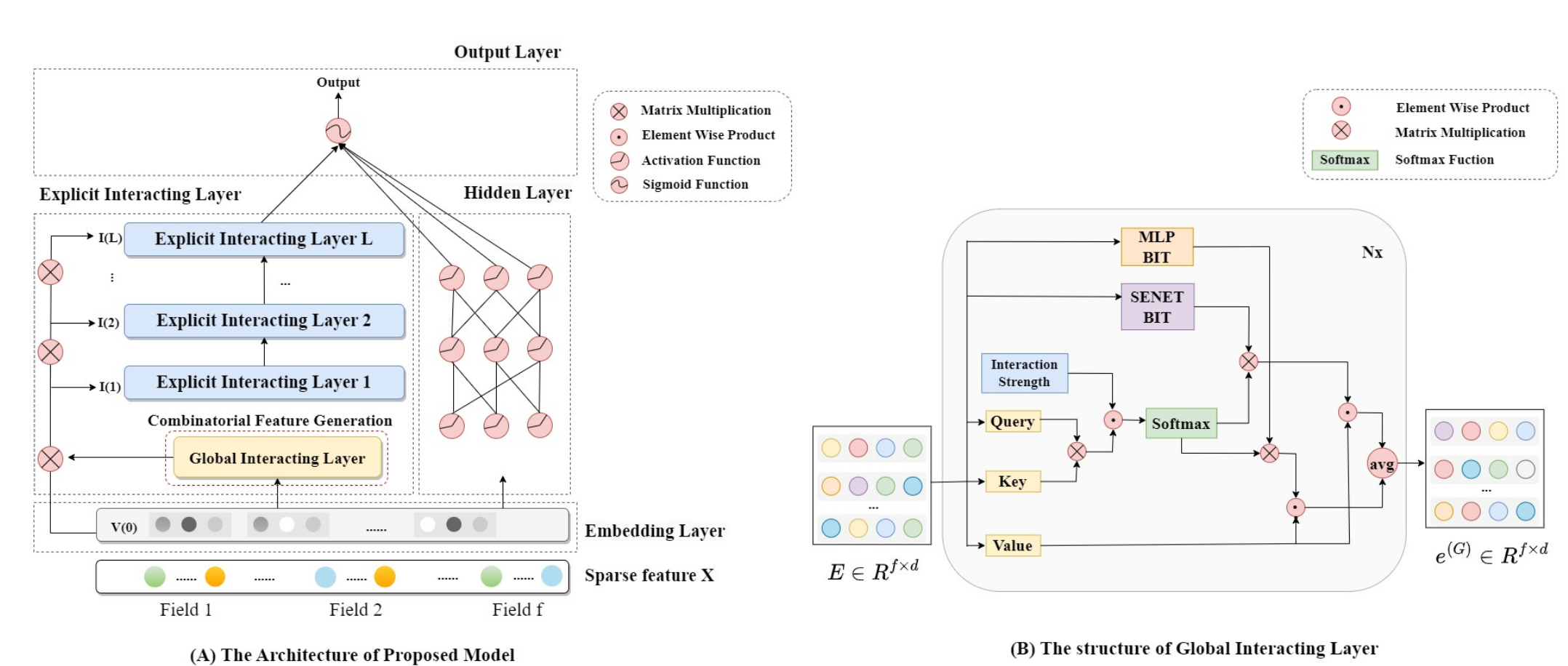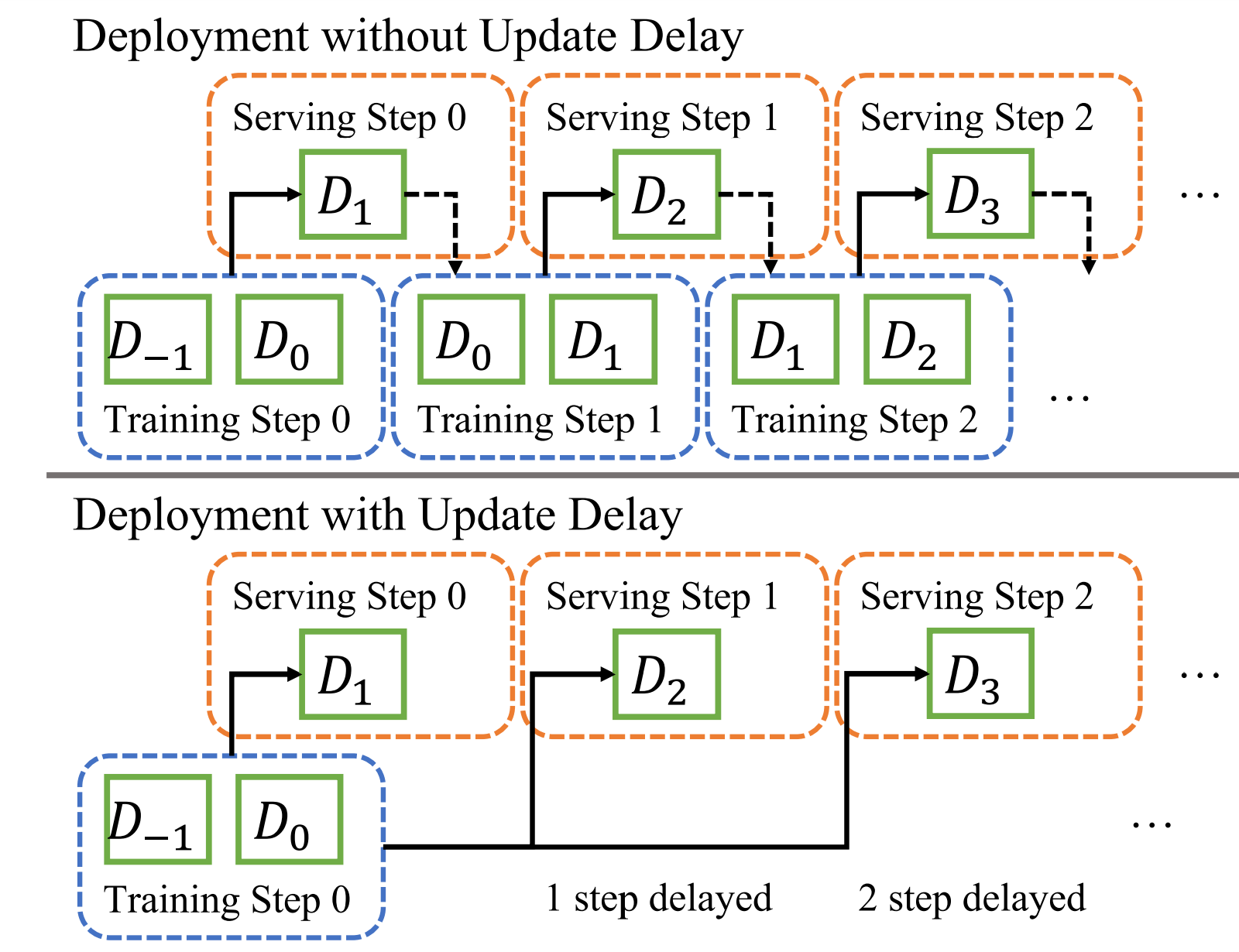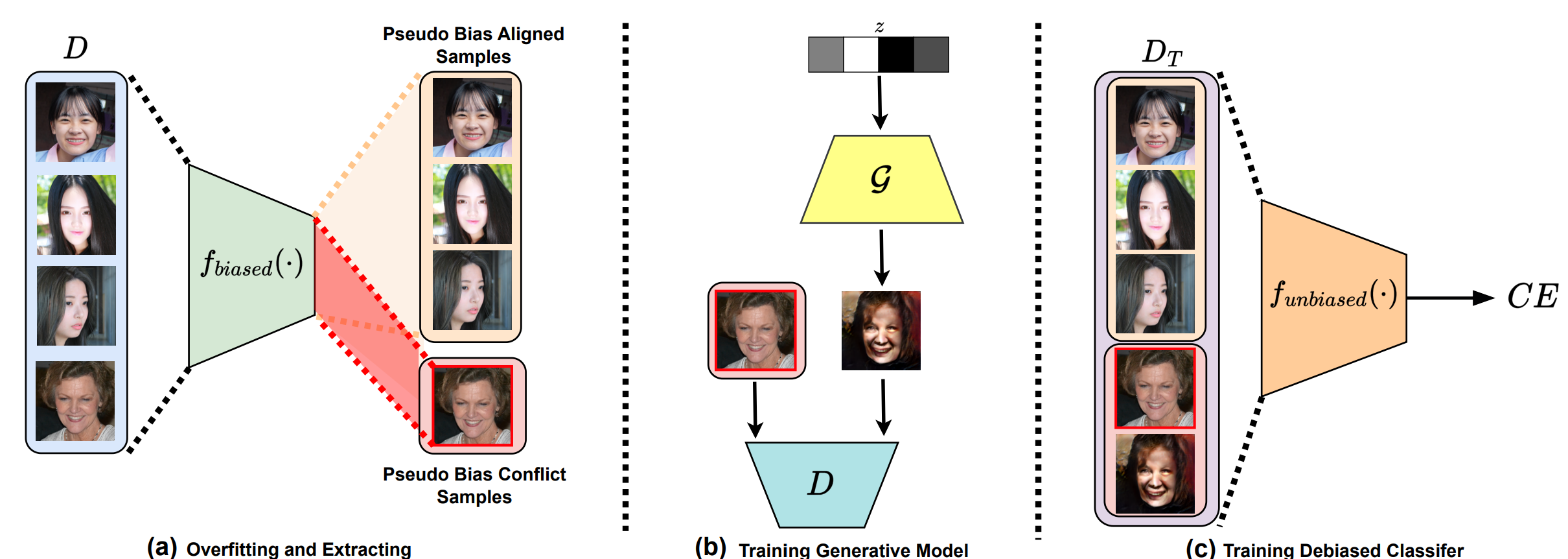Hierarchical Contrastive Learning with Multiple Augmentations for Sequential Recommendation
Dongjun Lee, Donggeun Ko, and Jaekwang Kim
In Proceedings of the 40th ACM/SIGAPP Symposium on Applied Computing, Catania International Airport, Catania, Italy, 2025
Sequential recommendation aims to predict users’ next actions by analyzing their historical behavior. Lately, contrastive learning has become prominent in this domain, especially when user interactions with items are sparse. Although data augmentation methods have flourished in fields like computer vision, their potential in sequential recommendation remains under-explored. Thus, we present Hierarchical Contrastive Learning with Multiple Augmentations for Sequential Recommendation (HCLRec), a novel framework that harnesses multiple augmentation techniques to create diverse views on user sequences. This framework systematically employs existing augmentation techniques, creating a hierarchy to generate varied views. First, we augment the input sequences to various views using multiple augmentations. Through the continuous composition of these augmentation methods, we formulate both low-level and high-level view pairs. Second, an effective sequence-based encoder is used to embed input sequences, complemented by the supplementary blocks to capture users’ nonlinear behaviors, which are further varied by augmentations. Input sequences are routed to subsequent layers based on the number of augmentations applied, helping the model discern intricate sequential patterns intensified by these augmentations. Finally, contrastive losses is calculated between view pairs of the same level within each layer. This allows the encoder to learn from the contrastive losses between augmented views of the same level, and the gap caused by different information between the low-level views and high-level views by multiple augmentations is reduced. In evaluations, HCLRec outperforms state-of-the-art methods by up to 7.22% and demonstrates its effectiveness in handling sparse data.
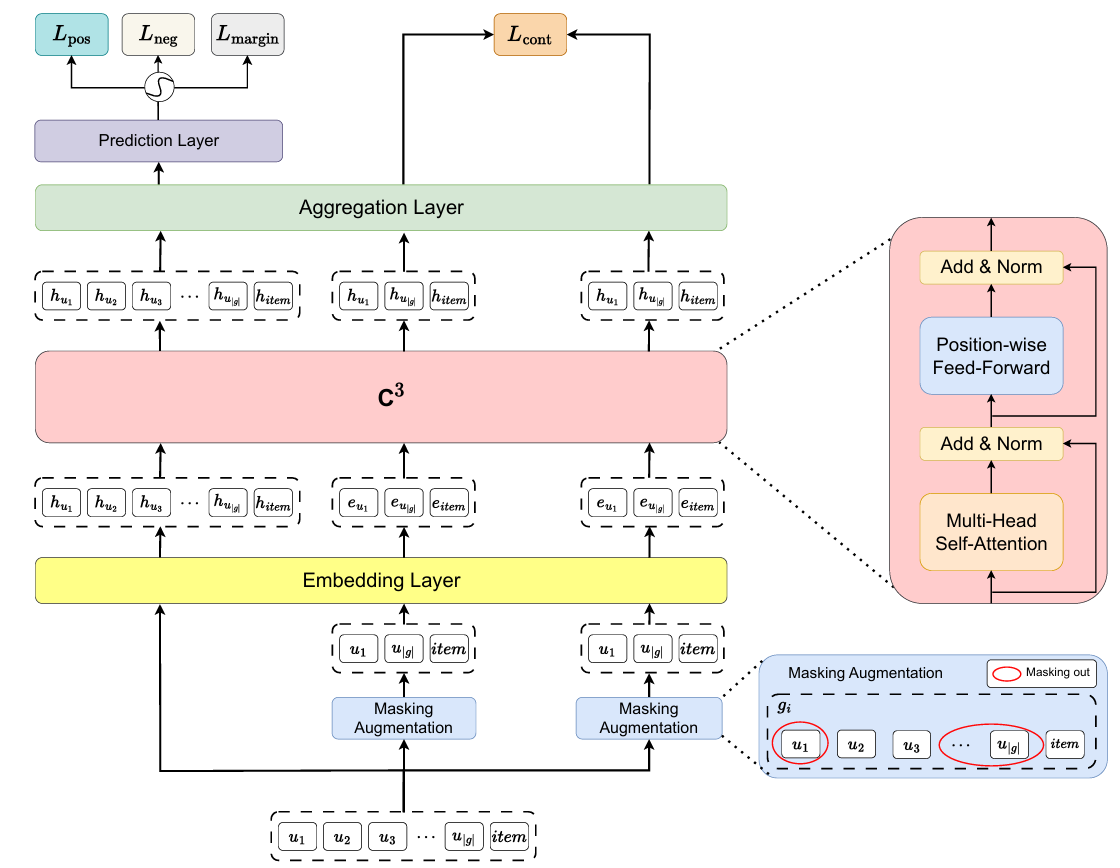 C³: Capturing Consensus with Contrastive Learning in Group Recommendationunderreview, 2025
C³: Capturing Consensus with Contrastive Learning in Group Recommendationunderreview, 2025 DiffInject: Revisiting Debias via Synthetic Data Generation using Diffusion-based Style InjectionIn IEEE / CVF Computer Vision and Pattern Recognition Conference (CVPR) 2024 Workshop in SynData4CV, 2024
DiffInject: Revisiting Debias via Synthetic Data Generation using Diffusion-based Style InjectionIn IEEE / CVF Computer Vision and Pattern Recognition Conference (CVPR) 2024 Workshop in SynData4CV, 2024![AAAI[SSS].png](/assets/img/publication_preview/AAAI%5BSSS%5D.png) Retrieval-Based Disease Prediction for Myocardial Injury after Noncardiac Surgery: Leveraging Language Models as Diagnostic ToolsIn AAAI 2024 Spring Symposium on Clinical Foundation Models, 2024
Retrieval-Based Disease Prediction for Myocardial Injury after Noncardiac Surgery: Leveraging Language Models as Diagnostic ToolsIn AAAI 2024 Spring Symposium on Clinical Foundation Models, 2024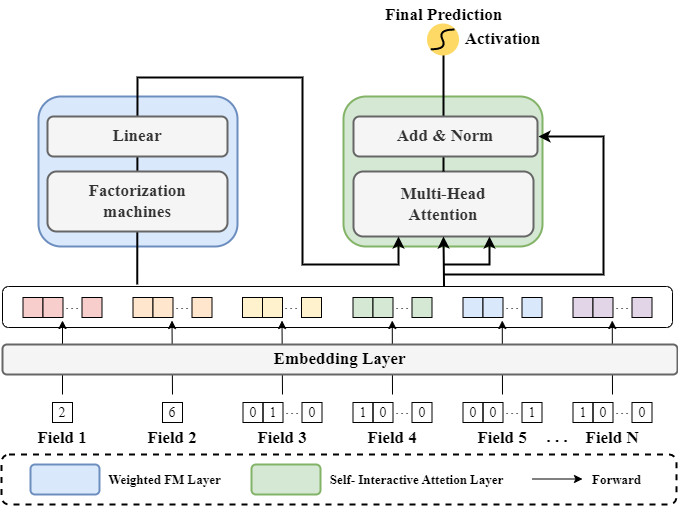 Self-Interactive Attention Networks via Factorization Machinces for Click-Through Rate PredictionIn Proceedings of the 24th International Symposium on Advanced Intelligent Systems, 2023
Self-Interactive Attention Networks via Factorization Machinces for Click-Through Rate PredictionIn Proceedings of the 24th International Symposium on Advanced Intelligent Systems, 2023